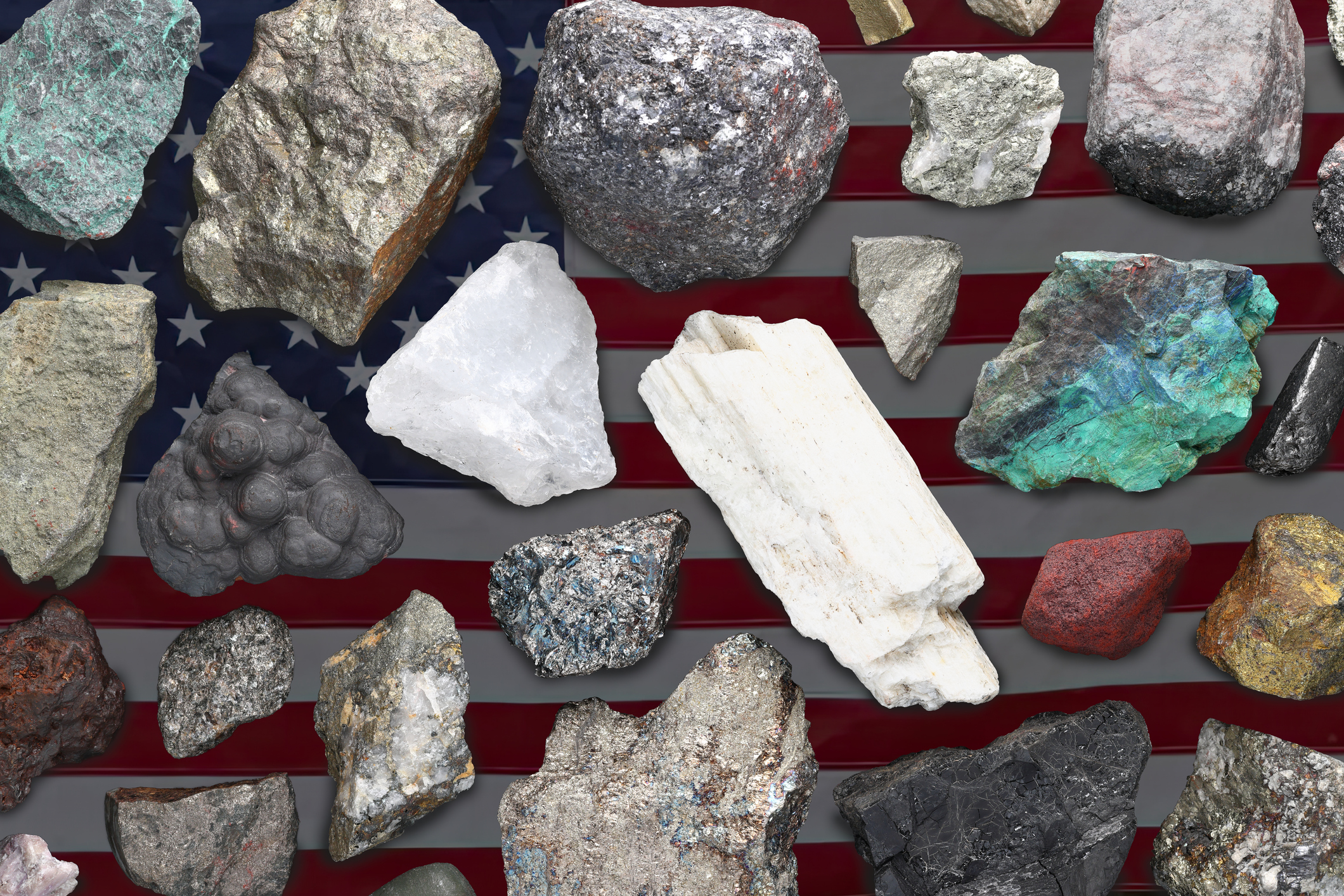U.S. Draft 2025 Critical Minerals List Adds Copper, Silver and Potash, Removes Arsenic and Tellurium

The U.S. Department of the Interior, through the U.S. Geological Survey (USGS), has released the draft 2025 List of Critical Minerals, marking the second major update since the process began under a 2017 executive order. The draft identifies 54 mineral commodities considered vital for the nation’s economy and security, supported by a new, data-driven model to assess supply chain risks.
According to the Department of the Interior, the draft proposes adding potash, silicon, copper, silver, rhenium, and lead to the list for the first time, while recommending the removal of arsenic and tellurium. Of the 54 minerals on the draft list: 50 were included based on results from USGS’s economic disruption model; 1 (zirconium) was added due to potential “single point of failure” risks in domestic supply, and 3 were retained following qualitative review.
Interior Secretary Doug Burgum said the revised list reflects the administration’s broader strategy to strengthen resource security. “This draft List of Critical Minerals provides a clear, science-based roadmap to reduce our dependence on foreign adversaries, expand domestic production and unleash American innovation,” Burgum stated.
The Energy Act of 2020 requires the list to be updated every three years. This cycle incorporates a new methodology developed by USGS that models more than 1,200 supply disruption scenarios across 84 minerals and 402 industries. “Minerals-based industries contributed over $4 trillion to the U.S. economy in 2024,” noted Sarah Ryker, Acting Director of the USGS, emphasizing the economic stakes of securing supply chains.
Industry groups welcomed the move. National Mining Association CEO Rich Nolan praised the recognition of minerals essential for infrastructure, clean energy, and defense, while cautioning that policies should also account for by-product recovery and shifting technology needs.
The draft list is expected to guide federal investment, permitting, and research initiatives in mining, recycling, and processing. Analysts note that the inclusion of copper and silver underscores their strategic role in clean energy, semiconductors, and defense applications. Potash, primarily used in fertilizers, highlights the importance of agricultural security alongside industrial demand.
Global competition for critical minerals has intensified as countries seek to secure supply chains for the clean energy transition, electric vehicles, and advanced manufacturing. By broadening the definition of “critical,” the U.S. signals a stronger commitment to reducing reliance on imports from geopolitical rivals while boosting domestic mining capacity.
As reported by the US Department of the Interior, the draft was published in the Federal Register on August 26 and will remain open for public comment for 30 days.
Source: US Department of the Interior






